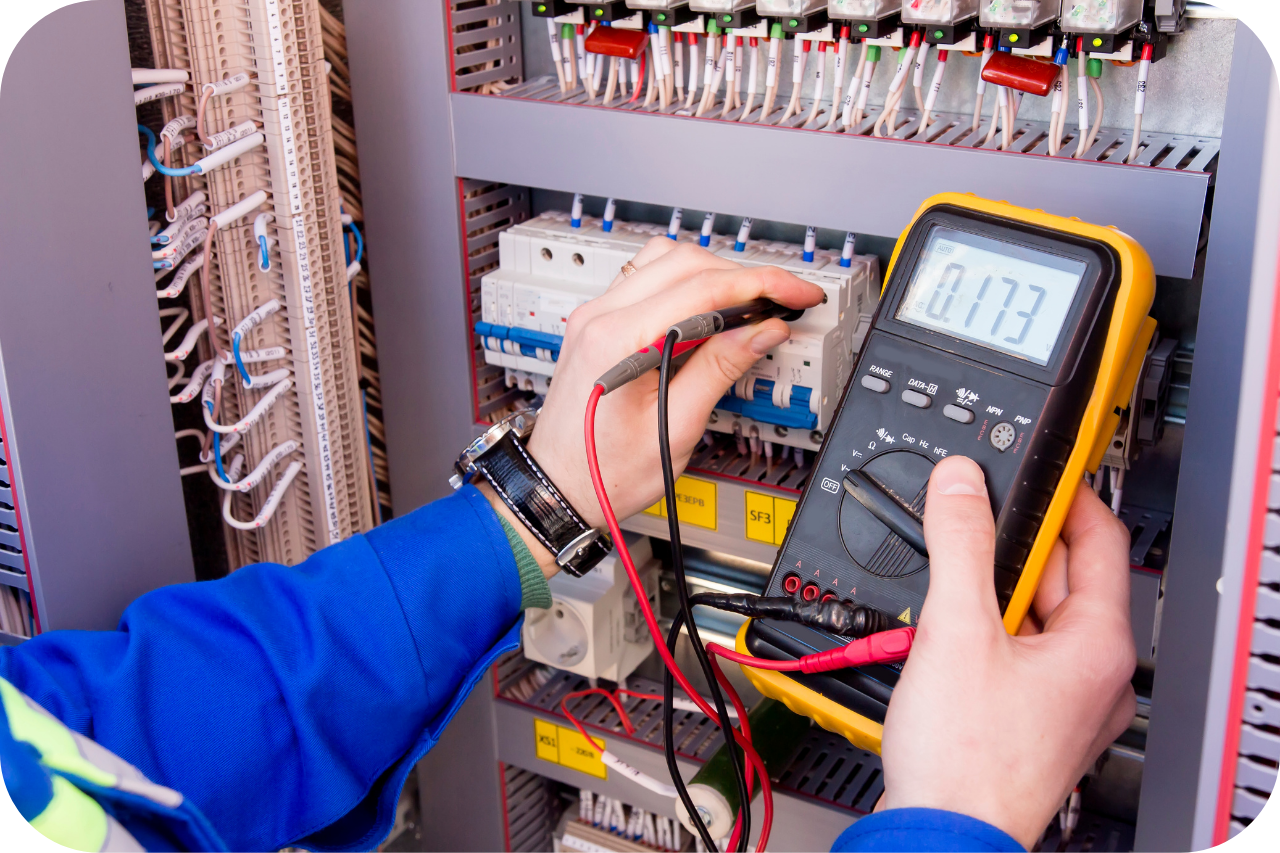The Basic Principles Of Roar Solutions
The Basic Principles Of Roar Solutions
Blog Article
6 Easy Facts About Roar Solutions Described
Table of ContentsThe Best Strategy To Use For Roar SolutionsRoar Solutions Fundamentals ExplainedSome Known Details About Roar Solutions
In order to safeguard installations from a possible surge a method of analysing and identifying a potentially hazardous location is required. The objective of this is to make sure the proper choice and installation of tools to ultimately protect against an explosion and to ensure safety and security of life.
(https://www.startus.cc/company/roar-solutions)
No equipment ought to be set up where the surface area temperature level of the devices is more than the ignition temperature level of the offered threat. Below are some usual dirt unsafe and their minimal ignition temperature level. Coal Dirt 380C 225C Polythene 420C (thaws) Methyl Cellulose 420C 320C Starch 460C 435C Flour 490C 340C Sugar 490C 460C Grain Dirt 510C 300C Phenolic Resin 530C > 450C Aluminium 590C > 450C PVC 700C > 450C Soot 810C 570C The chance of the threat being present in a concentration high sufficient to trigger an ignition will vary from location to location.
Unsafe area electrical devices maybe created for use in greater ambient temperatures. Field Repair Work By Authorised Worker: Challenging testing might not be called for however details treatments might need to be complied with in order for the devices to maintain its 3rd event score. Each piece of equipment with an unsafe score must be examined separately.
The smart Trick of Roar Solutions That Nobody is Talking About
The equipment register is a detailed database of devices records that includes a minimum set of fields to recognize each item's place, technical parameters, Ex lover category, age, and ecological data. The ratio of Thorough to Shut evaluations will be figured out by the Devices Risk, which is analyzed based on ignition danger (the possibility of a source of ignition versus the chance of a combustible atmosphere )and the hazardous location category
( Zone 0Area 1, or 2). Applying a robust Risk-Based Inspection( RBI )approach is essential for ensuring conformity and security in taking care of Electrical Devices in Hazardous Locations( EEHA).
The Buzz on Roar Solutions

In terms of eruptive risk, a hazardous location is an atmosphere in which an explosive ambience exists (or might be expected to be existing) in quantities that require special preventative measures for the building and construction, installation and use of equipment. Roar Training Solutions. In this post we discover the difficulties dealt with in the workplace, the danger control actions, and the needed proficiencies to work securely
It issues of modern life that we manufacture, keep or manage an array of gases or liquids that are regarded combustible, and a variety of dirts that are regarded flammable. These materials can, in particular problems, create eruptive ambiences and these can have major and tragic effects. A lot of us recognize with the fire triangle eliminate any kind of one of the 3 aspects and the fire can not occur, however what Full Article does this mean in the context of hazardous locations? When breaking this down into its easiest terms it is basically: a combination of a specific quantity of release or leakage of a certain substance or material, blending with ambient oxygen, and the presence of a resource of ignition.
In a lot of circumstances, we can do little about the levels of oxygen in the air, however we can have substantial influence on resources of ignition, for instance electrical tools. Unsafe locations are documented on the hazardous area classification drawing and are recognized on-site by the triangular "EX LOVER" indicator. Below, among various other key information, zones are split right into 3 kinds depending on the hazard, the possibility and period that an eruptive ambience will certainly exist; Zone 0 or 20 is considered one of the most unsafe and Area 2 or 22 is considered the least.
Report this page